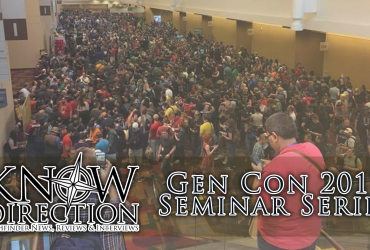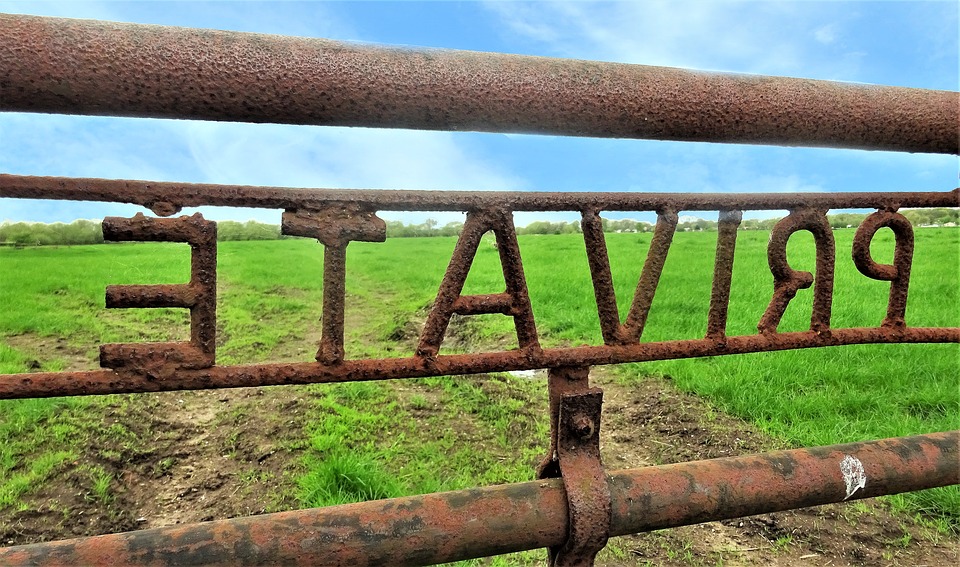Gen Con, school starting, and day job were a big bump in the road for adventure writing, as predicted. I have been working on my outline for the adventure, which is still pretty flimsy. Outlining is just like you remember it from back in school when you learned how to write every big story or project you ever worked on.
Fundamentally a gaming adventure is just one enormous fleshed out outline that gives the GM what they need to tell the story as guided by the actions of the PCs. If you have never read a published adventure, I highly recommend picking one up and taking a look through it. There is background information for all of the locations and NPCs (some more detailed than others), organizations, monster stat blocks, trap stat blocks, and all of the static information regarding the stage the game designer has set. Depending on the actions of the players, a GM can run the same adventure multiple times and get different outcomes each time, kind of like replaying a video game.
Let’s take a look at my completed first outline for Down the Blighted Path, my pitch is found here. While I do not need to provide a pitch for this adventure, my outline will look a lot like this pitch does. 3 chapters – a beginning/introduction, a middle journey of discovery, a finale with some kind of resolution. There are lots of great literary terms out there that describe the different aspects and parts of a story, once upon a time we were all introduced to them. It is worth reviewing story writing and the art of words if you’re thinking of writing your adventure for publication. If you’re looking to run for your friends, you can go less formal.
The first chapter is a lot of exposition – getting the PCs into the story and feeling comfortable with their surroundings. DtBP started with a contest of skill and luck in the form of a competitive obstacle course. I am looking to start with a big entrance for my current adventure, I’m not sure what I currently have in mind will work for an opener, but it’s in the outline there for now. This big encounter gives the players an opportunity to see what everyone’s PCs can do and a sense of accomplishment as a team. I will introduce a couple of supportive NPCs at this point and laying the ground work for the main story arc. There will be time to explore the city and I anticipate that this will be my longest “chapter” given the amount of information I’d like to convey to the GMs and their players.
The second chapter will be more encounter heavy, but since the adventure takes place in a large city, much of that pacing will fall to the players. Since I’m still in the infancy of some of my ideas, this is kind of a hand waving nebulous space in the outline, I have to see how some of the NPCs resolve once I write them. NPC motivations can change my plans as I figure out what drives them.
The finale or denouement involves the story resolution, the final confrontation with the big bad and their minions, and some kind of satisfactory wrap up. I find that players really like to understand the hows and whys of what they just went through. I like to know that information as a play, so I try to provide that.
Using your outline highlights the important parts of the adventure and helps keep the timing and flow in check. Your outline shows you if too many big things are bunching up and may cause your players to feel overwhelmed. You’ll also see where you’ll need to include some resource replenishment and time for the PCs to catch their breath.
Once you have the big picture, filling in the little pieces becomes much easier. Once you’ve created your outline, keep it somewhere you can look at it regularly, sometimes things will need to be moved around, taken out, added to, but with your outline as a road map, you’ll be able to plan your trip better.
While I have more writing to do on my outline before my next blog, I’ll probably discuss locations and a little mapping, because understanding your locations are imperative to build your encounters in and a great place to get some ideas of how other things will work in your adventure.





